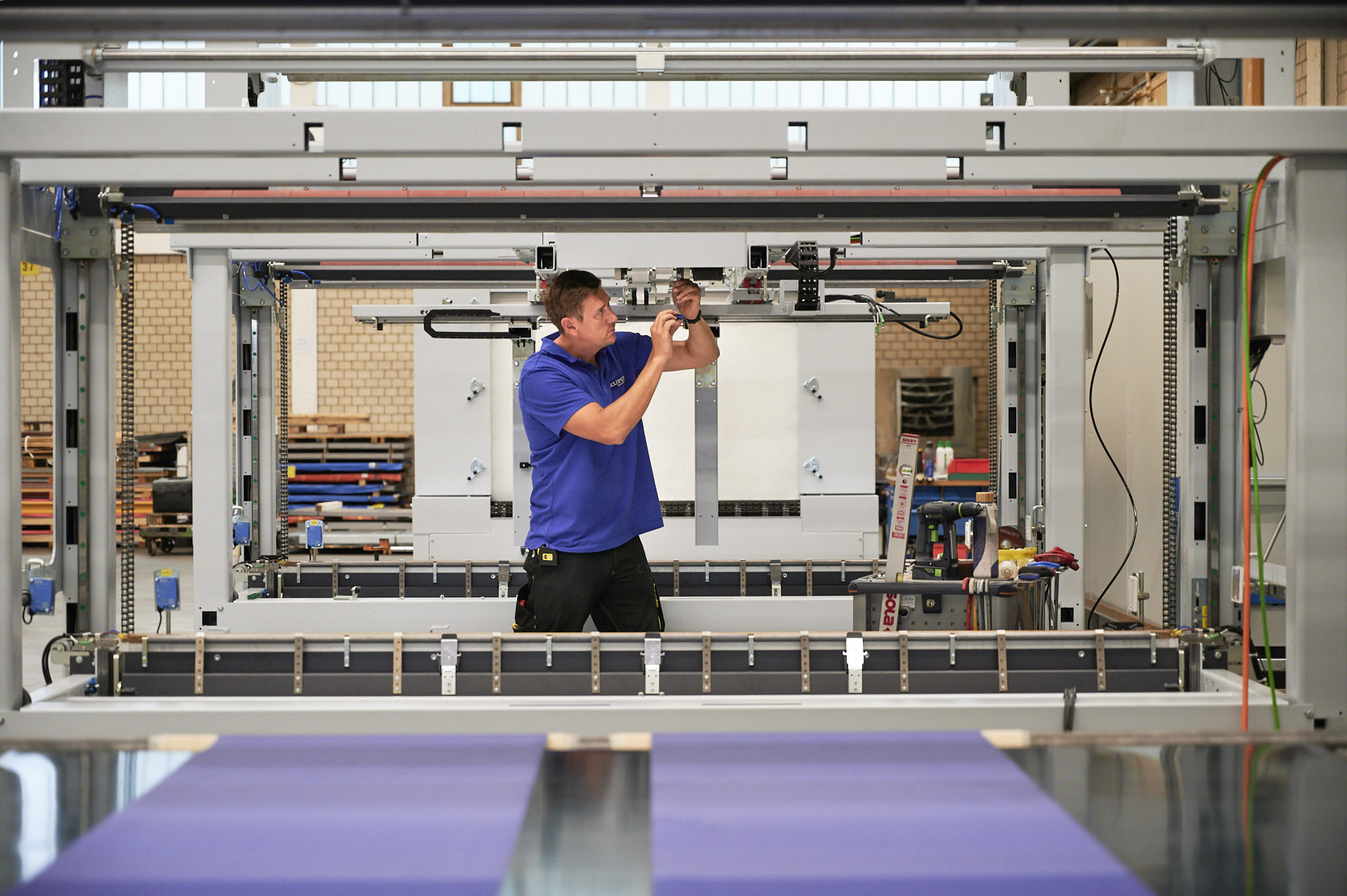Innovative Woodworking Machinery Positively Affects Your TCO – and Decreases Maintenance and Downtime
Woodworking machinery is expensive, and finding the right balance between price, performance, and durability can be challenging.
But many other factors affect your Total Cost of Ownership (TCO). This article will look at how knowledge-based predictive maintenance (including safety and ergonomic factors), accessible and reliable spare parts and support (including supplier selection factors) and intelligent systems in woodworking machinery can positively affect your TCO.
Knowledge-based predictive maintenance
If you catch a problem early enough – or before it occurs – it's much easier (and cheaper) to fix than later on when it becomes much more difficult and costly to fix. In practice, predictive maintenance or parts replacement depends on the cumulative knowledge that goes into woodworking machinery systems and maintenance support. This knowledge should be shared through detailed training of concepts and operation, allowing your personnel to operate and maintain your machinery safely and expertly.
It’s expected that woodworking machinery is built and operates in compliance with the highest safety standards. But innovative woodworking machinery takes safety further – it incorporates these safety standards with efficiency.
Accurate machine monitoring can provide insights into the status and condition of parts. Understanding these specific parts' lifespan and wear-and-tear patterns can ensure that their replacement can take place during convenient times that ensure efficiency. When bearings overheat, for example, temperature sensors alert operators, usually signifying early wear on other parts that may need replacing.
Ergonomics play an important role, too. Safety, combined with applied ergonomic design, allows operators to work more comfortably and helps to ensure their well being over the long-term.
Spare parts and support are accessible and reliable
It is important that you buy machinery that is reliable, long-lasting and easy to repair. If your machine breaks down it can hugely impact your business. When this happens, you want to be sure that you can acquire relevant parts quickly and affordably.
The best way to ensure this is to choose machinery from a reputable manufacturer who offers good after-sales support and has a long, reputable relationship with suppliers to procure high quality spare parts for their products. The advantage of machines that use universally-understood spare parts means that technicians should be familiar with them, globally. This also allows for smoother, more accurate remote assistance for repairs or replacements.
Consider machinery that can be upgraded easily. Going hand-in-hand with after-sales support and training, effective, reliable support will ensure that your investment can perform for longer and adapt more seamlessly to evolving needs. This is why your criteria for evaluating and selecting your equipment supplier should be discerning and foresighted – averting emergency situations in times of crisis and keeping you up and running.
Innovative, intelligent systems
The true cost of any solution or product comprises a myriad of factors, some of which are easy to quantify and others that are not so obvious. By incorporating Industry 4.0 technologies into woodworking machinery, you will have access to real-time data on all aspects of your production processes and consequently have a better understanding of the true costs associated with each product or project you produce.
This data includes:
- Production capacity analytics
- Electrical energy costs
- Compressed air induction figures
This will allow you to make informed decisions about future production based on data rather than speculation or guesswork. It also allows knowledge and expertise to be stored, especially in times of high staff turnover.
While investments in machines and production lines are substantial, intelligent choices can positively reduce your downtime and maintenance costs in the mid- to long-term. Download our checklist here to make better procurement decisions for improved TCO, ROI, and company culture.

